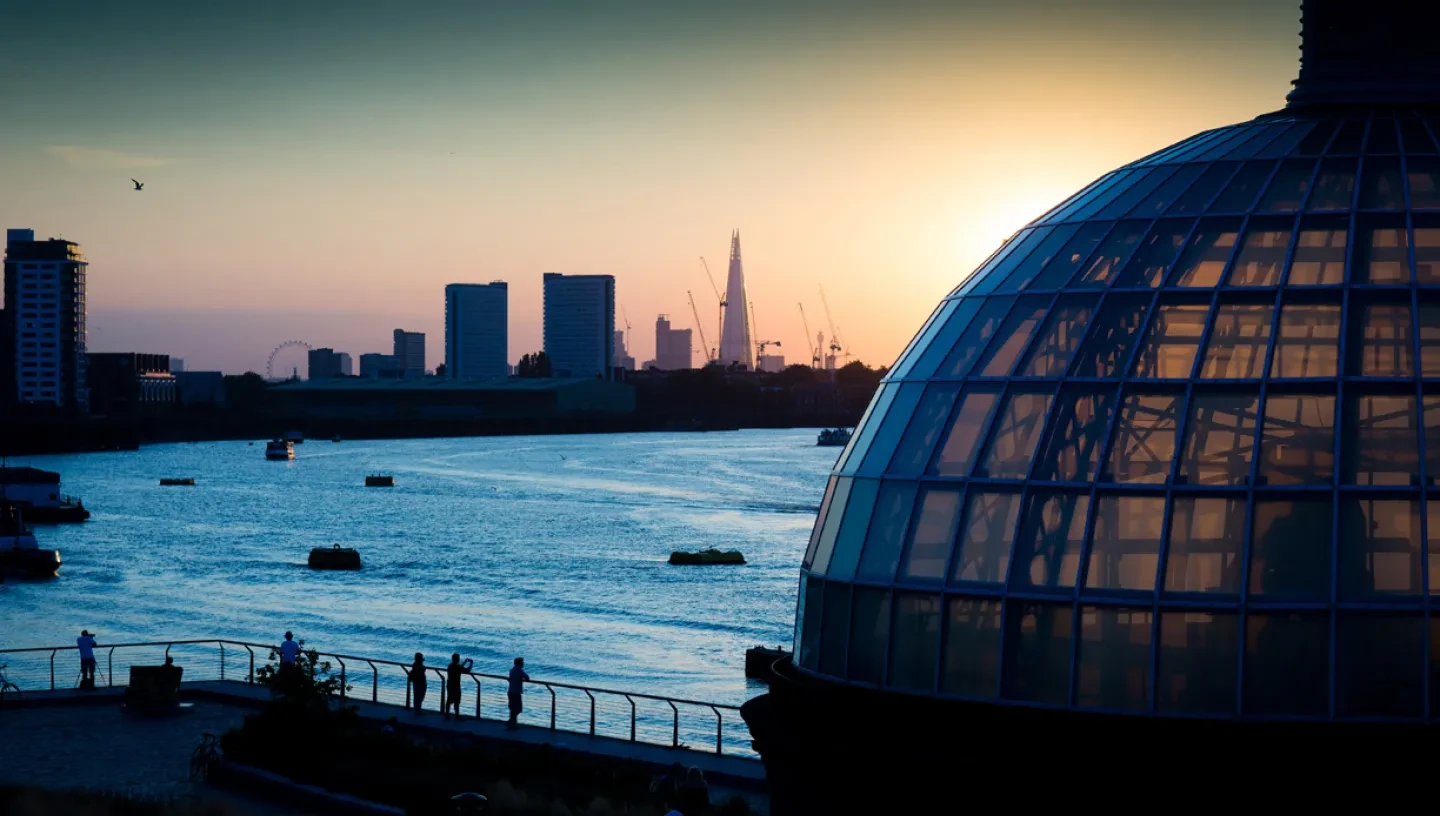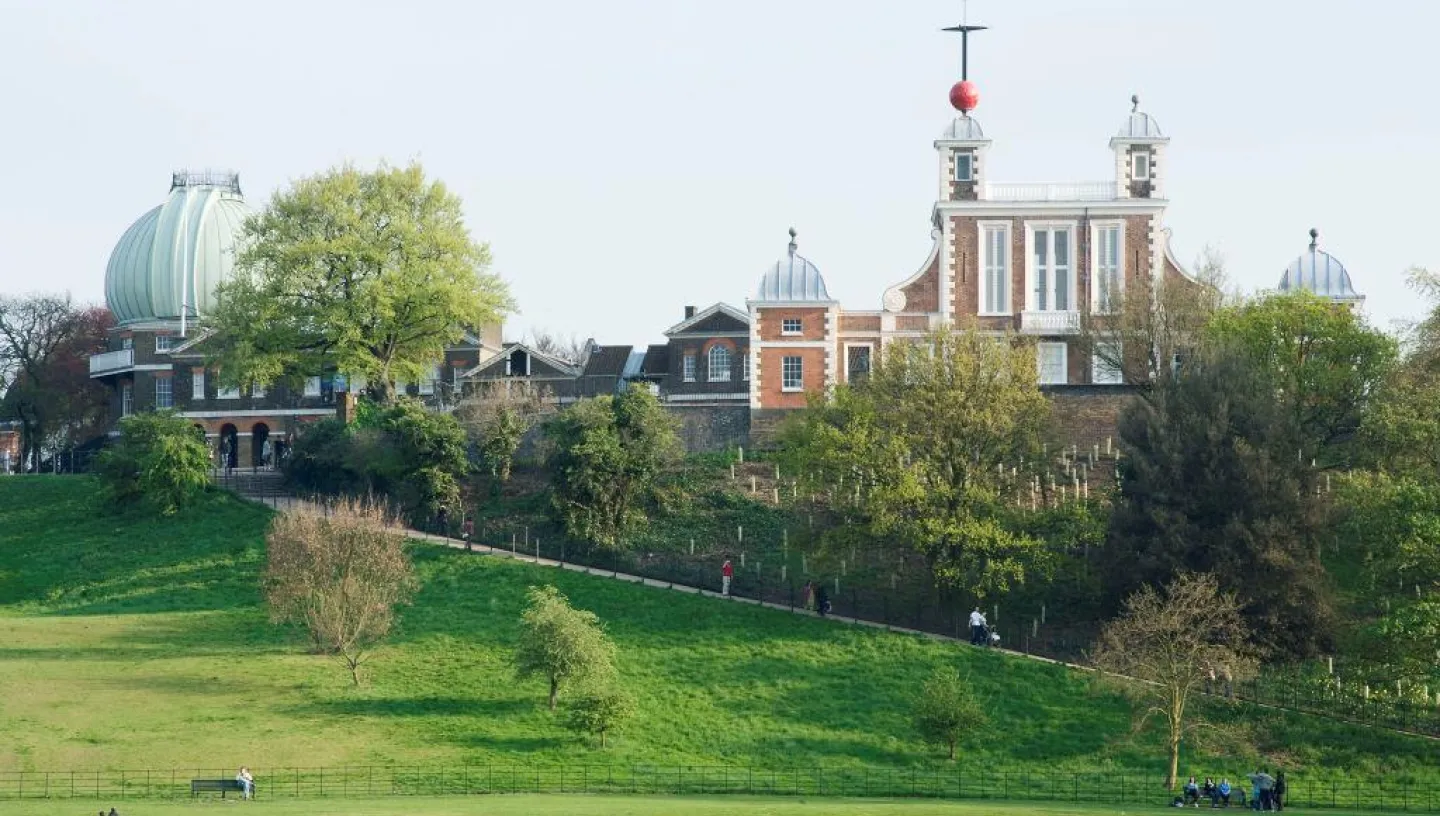
When is sunrise and sunset?
We all know that sunrise or dawn is when the sun comes up, and sunset or dusk is when it goes down.
But what if we need a more accurate time to refer to?
For astronomers at the Royal Observatory Greenwich for example, knowing precisely where the Sun is in the sky is useful when it comes to working out whether a particular astronomical event will be visible.
In cases like these, we need to be a bit clearer in exactly what we mean by sunrise and sunset.
The published times of sunrise and sunset refer to the moment when the Sun's upper limb, as affected by refraction, is on the true horizon of an observer at sea-level.
This occurs when the Sun's centre is 50 arcminutes below the true horizon, the upper limb then being 34 arcminutes (just more than the Sun's apparent diameter) below the true horizon.
What is twilight?
There are three different definitions of twilight:
Civil twilight
This is when the Sun's centre is 6° below the horizon, roughly equivalent to Lighting-up time.
Lighting-up time is the time in the afternoon or evening when the law states that vehicles must have their lights switched on. In the UK, it is between 30 and 60 minutes after sunset.
During civil twilight, the brightest stars are visible and at sea the horizon is clearly defined.
Nautical twilight
This is when the Sun's centre is 12° below the horizon, and is to all intents and purposes the time when it is dark. It is known as nautical twilight because it is the time when mariners can use the position of well-known stars in relation to the horizon in order to navigate.
Astronomical twilight
This is when the Sun's centre is 18° below the horizon. Now it is truly dark and no remnant of the Sun's afterglow can be seen. The faintest stars may be visible overhead.
Why isn’t the earliest sunrise on the longest day of the year?
The longest and shortest days of the year are those with the greatest and least amount of daytime. They occur at the time of the solstices, either on or around 21 June and 21 December in the UK and most of the northern hemisphere.
Many people notice that the time of sunrise continues to get later after the winter solstice. The reason for this has to do with the slight variation in the length of 'natural' days throughout the year (the longest natural day is about 51 seconds longer than the shortest).
For a clock to work, all days measured need to have a fixed, equal length. Each is therefore fixed at the average length of a natural day (this is where the ‘mean’ in Greenwich Mean Time comes from). By averaging out the length of each day like this, the clock time at which the sun reaches its highest point slowly drifts backwards and forwards as the months progress.
There is a knock-on effect on the times of sunrise and sunset. The earliest sunrise occurs a number of days before the longest day and the latest a number of days after the shortest.



